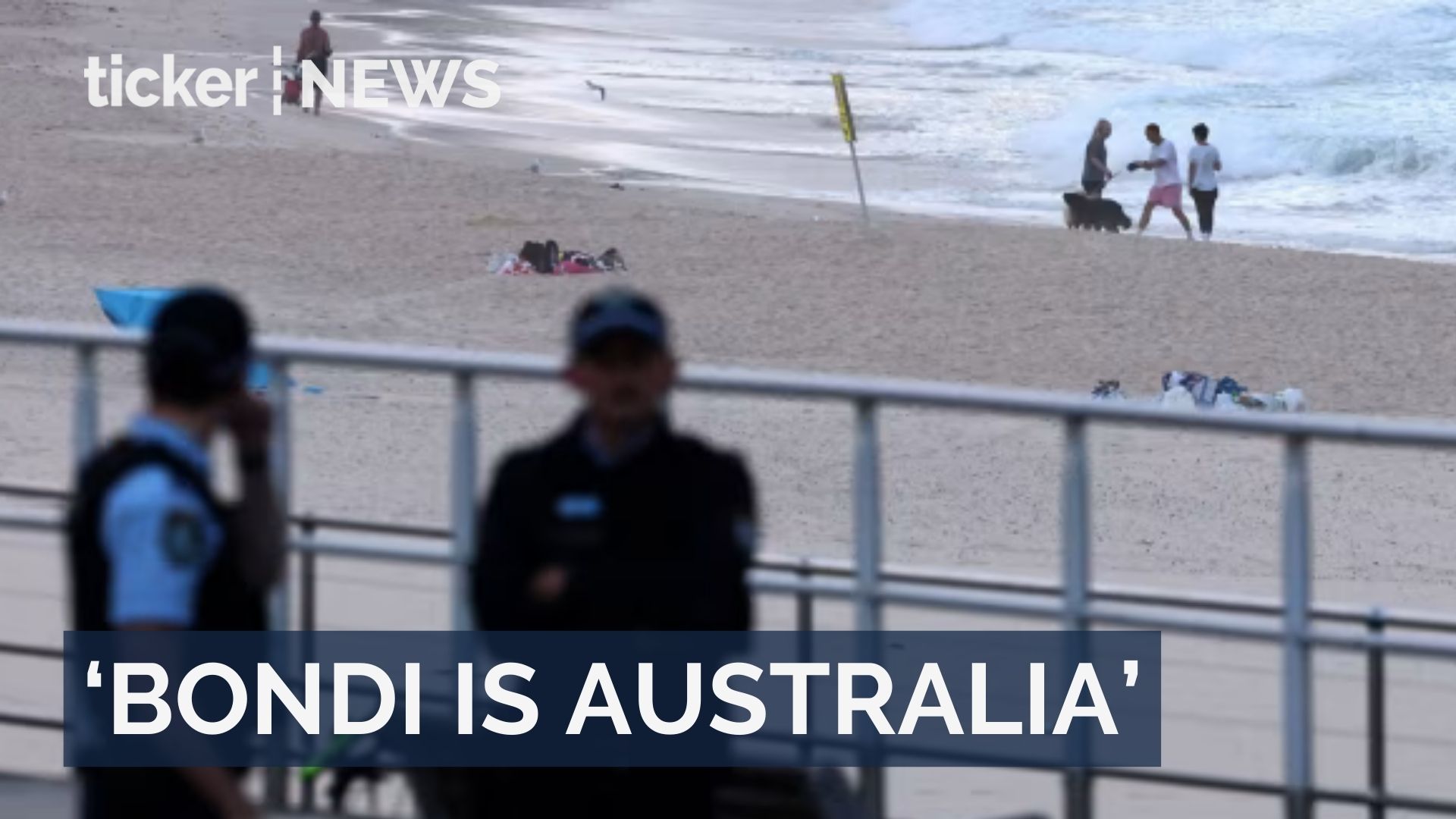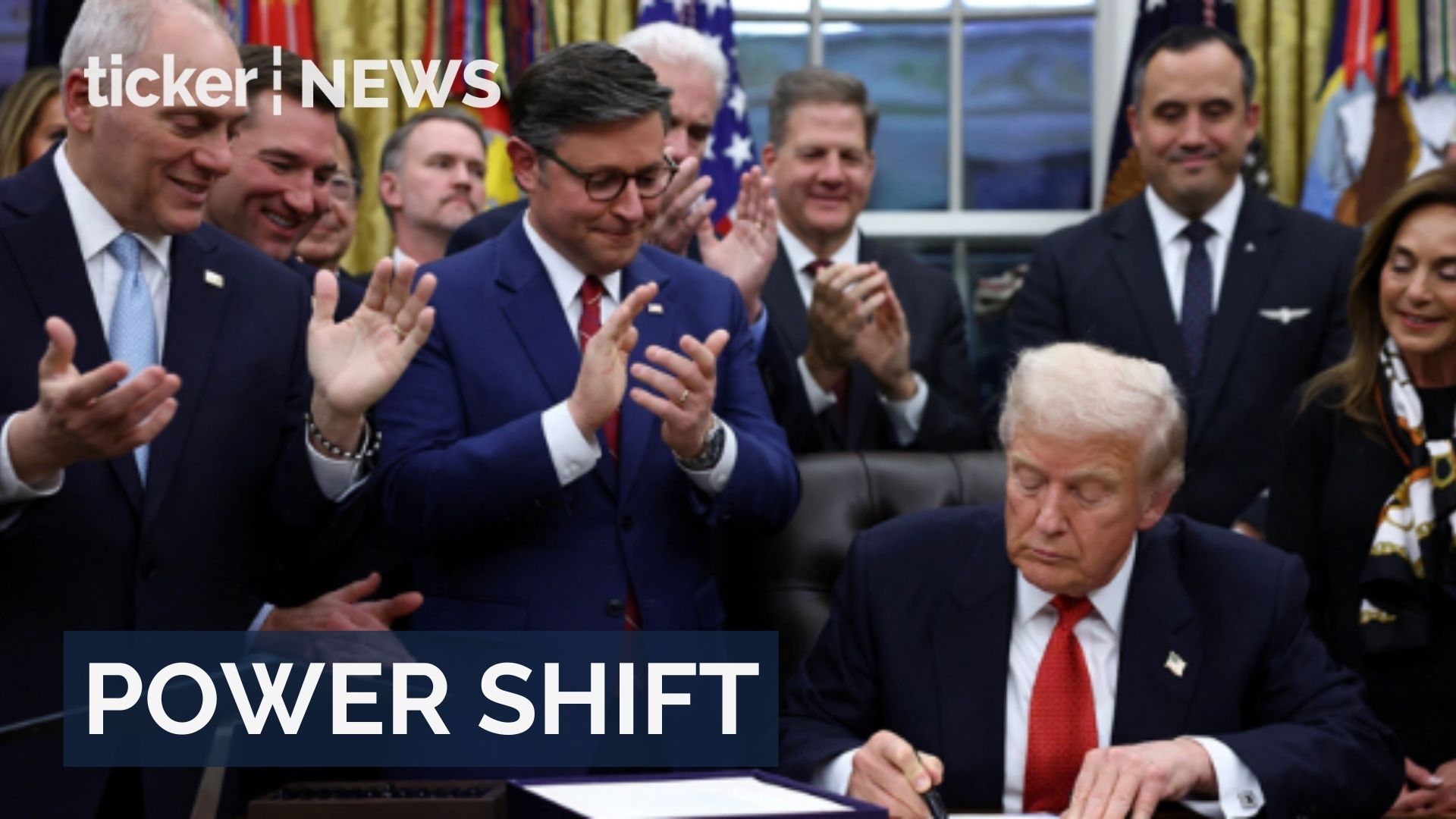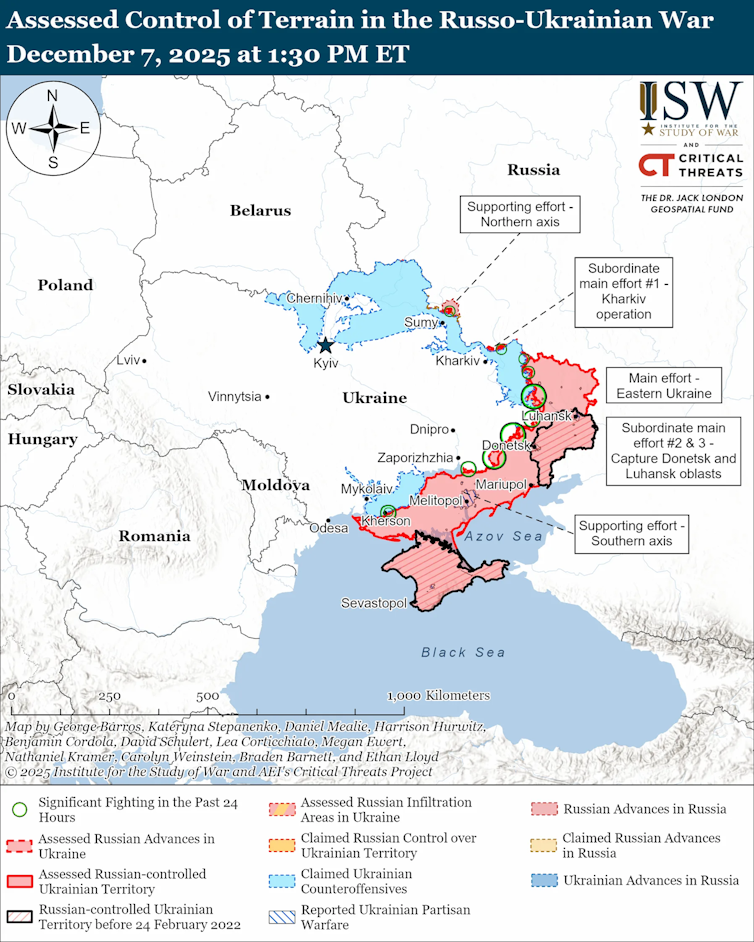Rick Sarre, University of South Australia and Ben Livings, University of South Australia
After seven weeks of evidence, six days of summing up, and six and a half days of jury deliberation in the Victorian Supreme Court sitting in Morwell, Victoria, the verdict is finally in. Erin Patterson murdered her estranged husband’s parents, Don and Gail Patterson, along with Gail’s sister, Heather Wilkinson.
She was also found guilty of attempting to murder Heather’s husband Ian: the only guest to survive the beef wellington lunch served in July 2023 at her home in Leongatha.
In delivering the guilty verdict, the jury was satisfied Erin Patterson had complete control over the ingredients that went into the meal portions served to her guests – portions that included death cap mushrooms.
There would not be too many observers surprised with the outcome, given the strength of the prosecution case presented by Nanette Rogers.
There were no procedural surprises in this case. The prosecution presented its case, followed by the defence and ultimately, a jury verdict.
But this much-publicised case raises a number of legal issues that contributed to the length of the trial and its outcome. Let’s unpack them.
Motive doesn’t matter
The first is the question of motive. Defence counsel Colin Mandy made much of his assertion that there was no apparent reason for the accused to kill her guests.
It is, however, a mistake to think there needs to be a motive in order to convict. In cases of murder and attempted murder, all that’s required is for a jury to find a “culpable state of mind”.
In the case of the three deceased, the jury needed to be satisfied, beyond any reasonable doubt, that there was an intention to kill, or to do serious bodily harm.
In other words, it did not matter why Patterson killed her victims, only that she intended to do so, or to inflict serious harm with death resulting. In the case of the surviving guest, the jury was satisfied that there had been an intention to kill.
Establishing a motive is a useful tool that prosecution counsel may deploy to add fuel to the fire in the courtroom, but it was not necessary for Rogers to locate a motive in order for the jury to reach guilty verdicts.
Circumstantial, but substantial
Another oft-repeated fallacy is that guilty verdicts require more than “mere” circumstantial evidence.
In fact, most evidence in criminal cases is circumstantial, because direct evidence (such as an eyewitness or a visual or voice recording) is usually unavailable.
The circumstantial evidence in this case, according to the prosecution, included the attempted hiding of a tainted dehydrator, the doubt cast over whether an Asian grocer was the source of the poisonous mushrooms, and the fact that Erin Patterson’s meal portion was free of the deadly ingredient.
Placed together, this circumstantial evidence was strong enough for the 12 men and women to return guilty verdicts.
Indeed, taking into consideration the strength of this evidence, it is perhaps surprising that Patterson did not plead guilty to murder, given the discount on sentence she may have received. She chose to take her chances with a jury. Ultimately, she failed.
Days of summing up
Another interesting aspect of the case is that the summing up by the two lead barristers, and then the judge, took more than six days. A generation ago, these addresses would have typically taken considerably less time than that.
The change, which has occurred slowly over the last two decades, has been necessitated by appeal judgements following guilty verdicts in long trials. In some of these, defence counsel successfully argued the defence case was not sufficiently covered in the judge’s summing up.
That being the case, the prosecution summary now needs to preempt every aspect of the defence case, knowing the defence counsel summary that follows will attend to every last point that the prosecution has raised.
Then the judge needs to give chapter and verse (in this case, over four days) in relation to everything again, paying particular attention to the defence case.
The process is now laborious and time-consuming. One might pity the jurors hearing everything over and over again.
Indeed, we believe there is little evidence this very expensive change has raised the quality of verdicts.
But one cannot doubt the way that the criminal process now goes to extraordinary lengths to ensure that an accused receives a fair trial. We will never know why the jury took over six days to reach its verdict (in Australia they are duty bound not to reveal anything of their deliberations), but it does indicate the seriousness with which they treat their role in this process.
The trust that is placed in the hands of jurors, even with the high profile media frenzy that this case elicited, remains firm.
On the other hand, with such drawn-out procedures, it’s perhaps not surprising that court backlogs continue to grow, and ever-increasing numbers of people (currently 42% of the Australian prison population) are sitting in prison on remand, awaiting trial.
What now?
The maximum sentence for murder in Victoria is life imprisonment. This does not necessarily mean life in prison, for the minimum non-parole period is 30 years, unless a court considers it not in the interests of justice to set such a term.
Erin Patterson will likely receive a life sentence, with a non-parole period that is in keeping with the number of victims.
The head sentence and non-parole period will be set by Justice Christopher Beale after sentencing submissions in the days and weeks to come.
The so-called “mushroom case” still has another chapter to run.
Rick Sarre, Emeritus Professor in Law and Criminal Justice, University of South Australia and Ben Livings, Associate Professor in Criminal Law and Evidence, University of South Australia
This article is republished from The Conversation under a Creative Commons license. Read the original article.

























